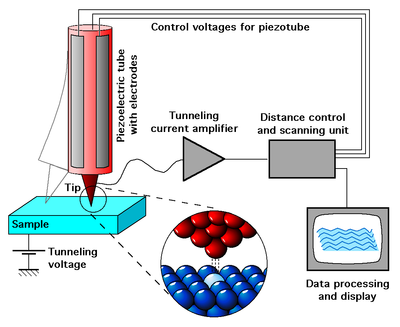There are lots of "interesting" lesser threats.
At the time of the Pontiac rebellion in 1763, Sir Jeffrey Amherst, the Commander-in-Chief of the British forces in North America, wrote to Colonel Henry Bouquet: 'Could it not be contrived to send smallpox among these disaffected tribes of Indians? We must use every stratagem in our power to reduce them.' The colonel replied: 'I will try to inoculate the [Native American tribe] with some blankets that may fall in their hands, and take care not to get the disease myself.' Smallpox decimated the Native Americans, who had never been exposed to the disease before and had no immunity.What we can expect in the near term is biological warfare, evolving along lines similar to biological warfare today, and with similar motives. If we are interested in a future world that is benign, we can try to remove the incentives for biological warfare, so that there is as little of it as possible. This is an area where I myself can offer no particular insight. There have been many many different manifestations of human evil in recent decades and centuries. I would like to think I could entrust politicians and diplomats to go about its prevention, but they are usually the ones who start the next one. This is a thorny problem involving culture clashes, economics, religion, and many other topics beyond the scope of this blog.Silent Weapon: Smallpox and Biological Warfare by Colette Flight writing for bbc.co.uk/history
Another possibility is to educate ourselves about the possible range of weapons, in the hopes of designing effective defenses. This is a much more technically tractable problem, and it's one of the reasons I work for Nanorex. Our software can help people to explore the space of possible threats and defenses more quickly, and to create an active research literature.
Is an active literature a good idea? Would it not be an enabler for those who wish to do harm? Should it not be suppressed or at least discouraged?
This is like the relinquishment question. If the bad guys have an active research literature and the good guys don't, then the first bad guy attack could reduce the good guys to a state where they could never again hope to meaningfully protect themselves.
Ideally, thoroughly effective defenses would be deployed everywhere, long before the first offensive weapons appear. I hope it goes that way. If we're not so lucky, there may turn out to be such a diversity of possible offensive weapons that "effective defenses" aren't practical.









